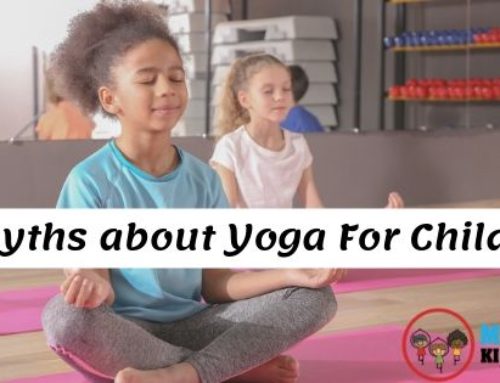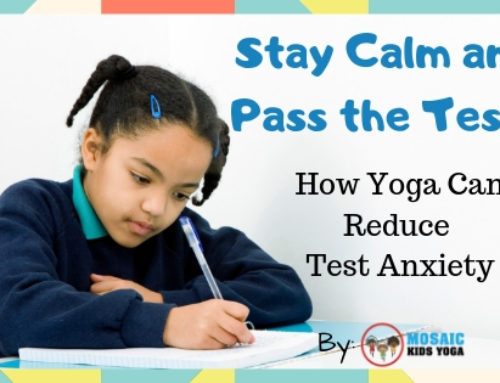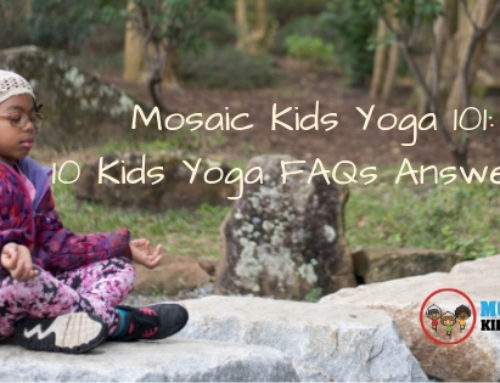Hello everyone. This post about the benefits of yoga for children was inspired by a fellow teacher I spoke to a colleague, Ms. Shin who used the tips from my yoga for test anxiety post in her class. To prepare her students for their end of year assessments, she wanted to give them extra support to calm their nerves and do their best! Great job Ms. Shin.
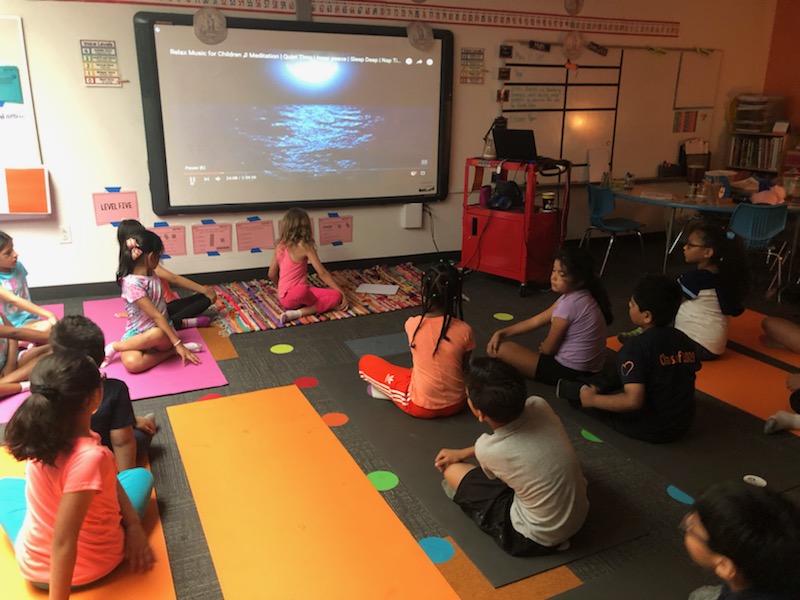
yoga break in ms. shin’s 2nd-grade class
I’m excited to hear how teachers are incorporating breath work, mindfulnesses and yoga in their classrooms. However, Ms. Shin is not alone. There are many adults – parents, and teachers- who are curious about the buzz around children’s yoga. As a result, this inspired me to answer the question: what are the benefits of yoga for children?
In this post, I will focus on the benefits of yoga for children. Since children are still developing, it is important to encourage physical activity as well as mental stimulation. yet, there are so many benefits of yoga, especially for children that to best describe these benefits, I broke this post down into three parts: physical, mental and emotional. So, without further ado, here goes Part I!
Physical Benefits of Yoga for Children
A great question I get from parents is how yoga can help their child in sports and other physical activities such as soccer, dance or basketball. Yoga is an amazing compliment to any sport because it increases your child’s flexibility as well as their balance and coordination. Physical activity plays a key role in your child’s development. As a result of the benefits of yoga, children can prevent injuries as well as improve performance for kids that participate in sports.
Flexibility
Yoga increases your child’s flexibility which improves range of motion and creates a balance in the muscles surrounding their tendons. Different poses are designed to stretch and lengthen the body while building stamina within developing joints. Regular yoga practice is beneficial for your child’s flexibility. Not only do the poses help strengthen bones but also support cartilage development in adolescence. Try these stretches to increase flexibility:
Forward Fold: Starting in a seated position with legs out in front, reach up to the sky with an inhale and fold forward, bringing your nose to your knee with an exhale.
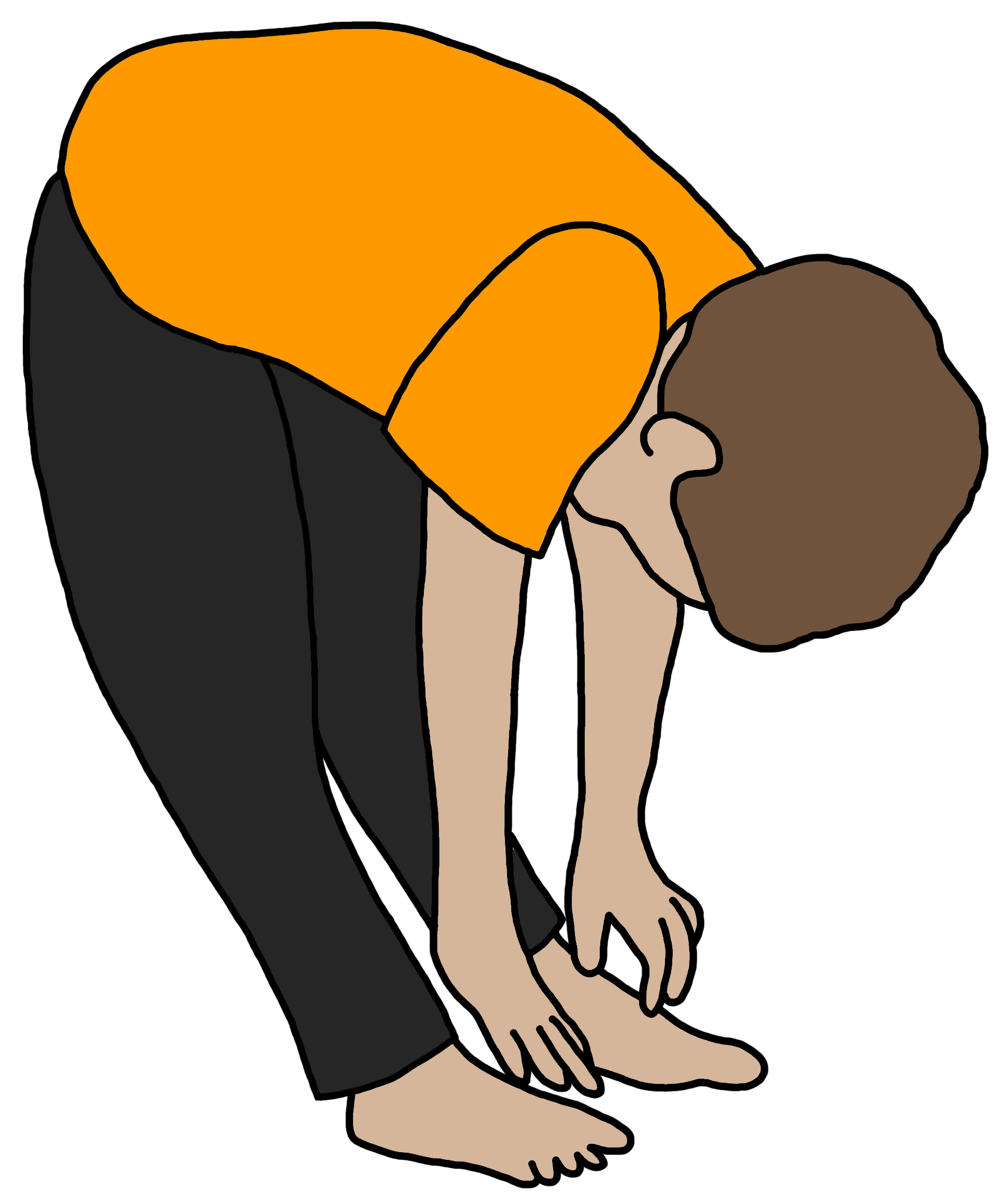
Forward Fold
Butterfly Sit: Sit on the floor with the soles of your feet touching and use your legs like butterfly wings. Another expression of the pose is to fold forward, really opening the hips.
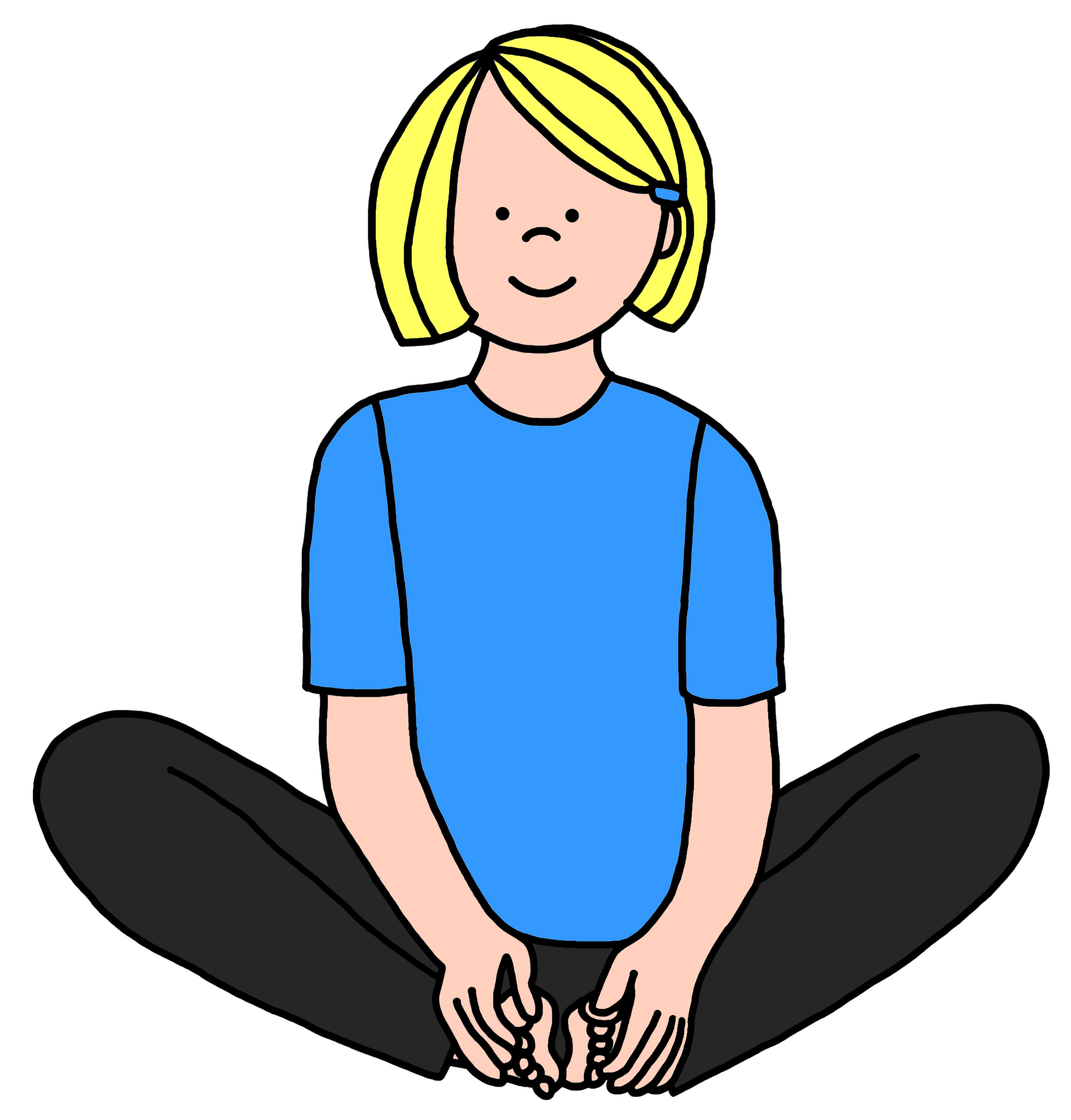
Butterfly pose
Downward Dog: Press through your hands and feet from the floor, raising your hips to the sky as you make a triangle between your body and the floor. As you push your sit bones back, find space and lengthen through the spine.
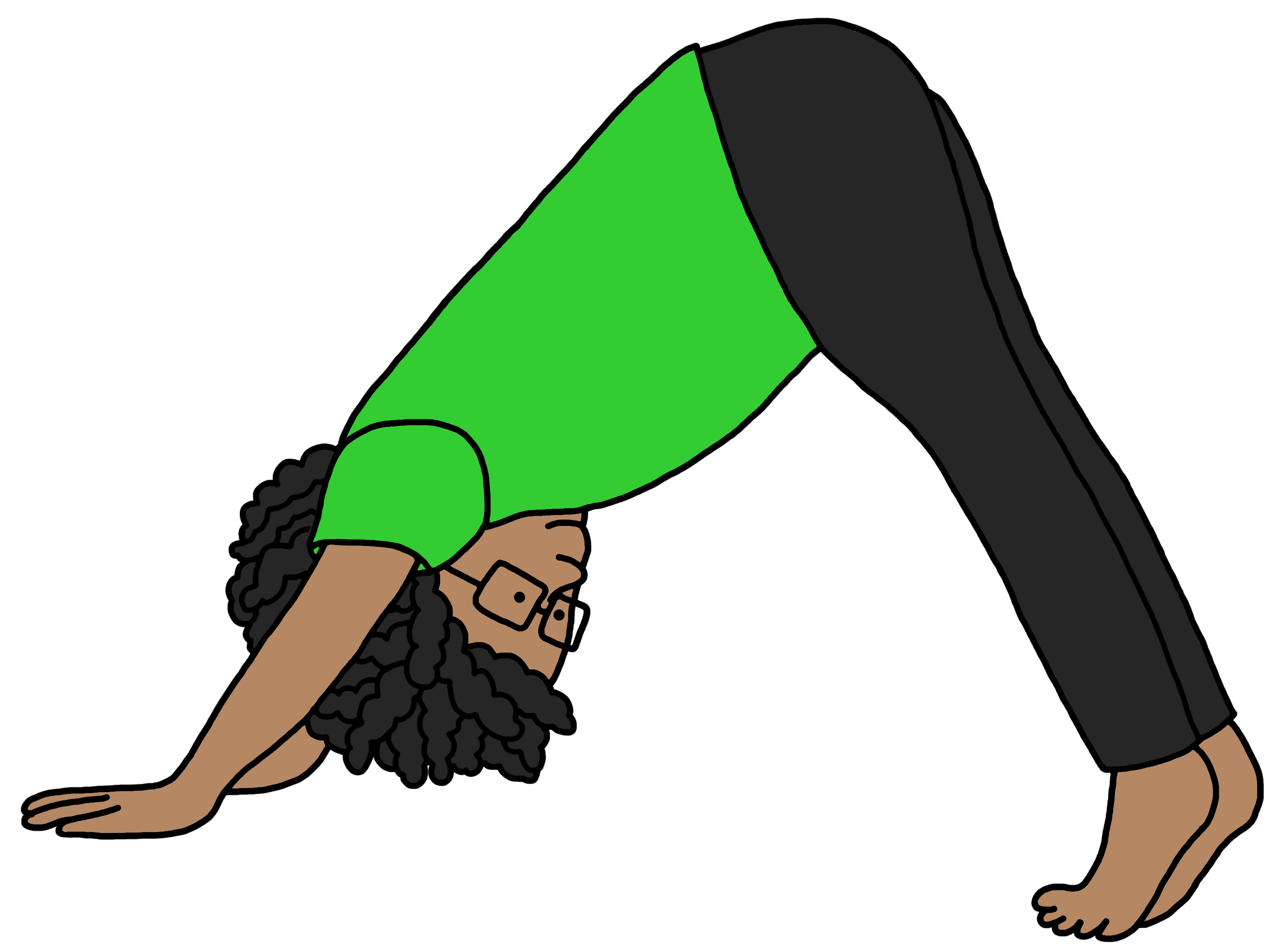
Downward Dog Pose
Balance and Coordination
Yoga can improve your child’s balance and coordination with yoga poses that emphasize on correcting posture. The physical attributes of balance and coordination your child will get from yoga will instill appropriate posture and fine-tune motor skills through body alignment. By obtaining age-appropriate coordination, your child will be able to participate in activities with groups such as sport teams. Moreover, this improved coordination will positively impact a child’s confidence in his physical abilities. This article goes into more detail on balance and coordination and how important it is for children. Here are some yoga poses to help with alignment, balance, and coordination:
Cat and Cow Pose: Place hands and knees on the ground with weight evenly distributed. On the inhale, drop your stomach to create a natural arch in your back creating cow pose. On the exhale, round the spine towards the sky to create cat pose.
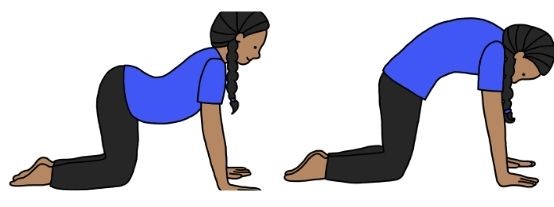
Balancing Table: To challenge your balance, put both knees and hands on the mat, just like in cow pose. Keep your back straight and extend your right arm out and lift the left lag leg. Continue to breathe as you repeat on the other side.
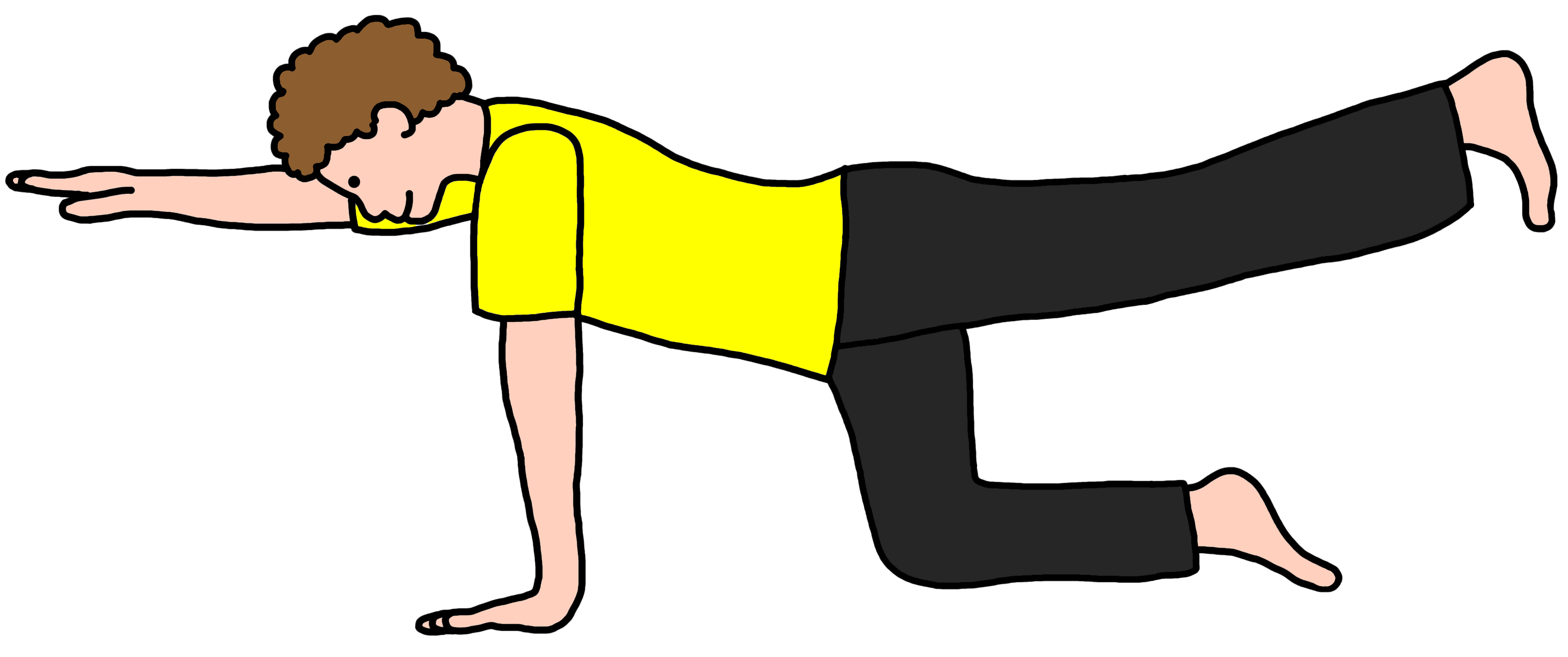
Tree Pose: Begin standing with feet hip-width distance apart and hands in front of your heart, palms touching (or on your hips). On an inhale, lift one leg to place the sole of your foot on your ankle or calf. Continue to breathe while balancing then repeat on the other side.
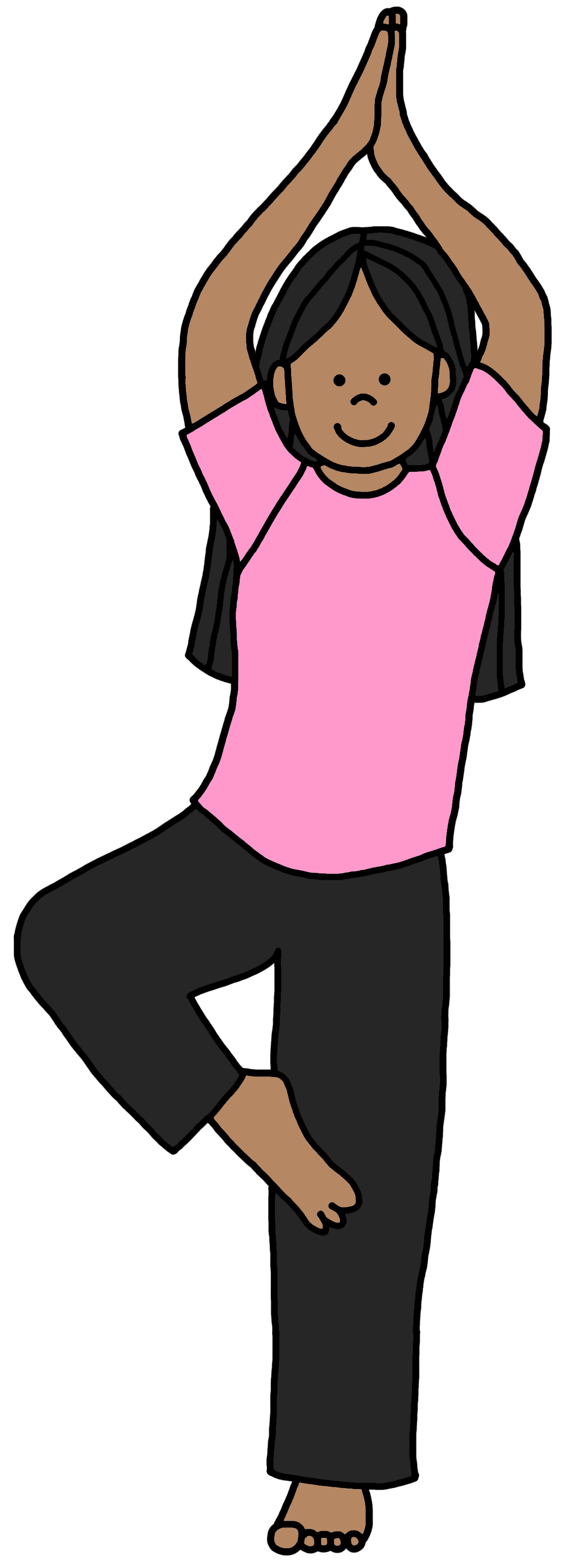
Tree Pose
Benefits beyond the Physical
In short, these physical benefits of yoga can greatly impact your child’s health and lifestyle. From increased flexibility, posture and coordination to feeling more connected with other kids, the rewards of yoga speaks wonders. Whether you are looking for a safer way to build agility or to enhance athletic abilities or above all, help kids get healthy, yoga can benefit your child.
The magic truly happens in the mental and emotional benefits that yoga provides for your child. Thank you for taking the time to read part I. If you would like to learn more about the benefits of yoga for your child, go to part II to read about the mental benefits of yoga for children!

